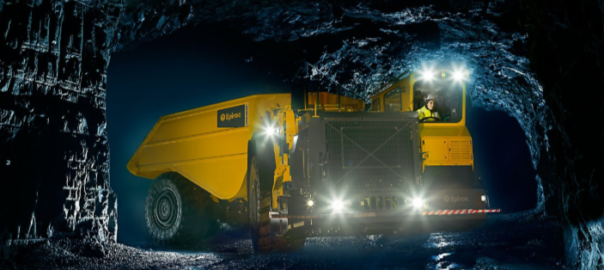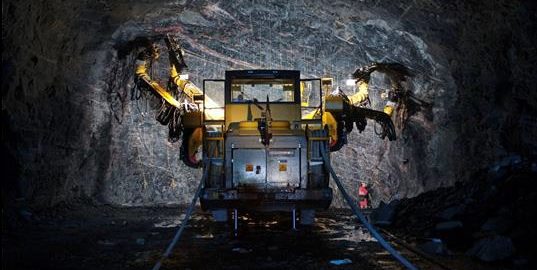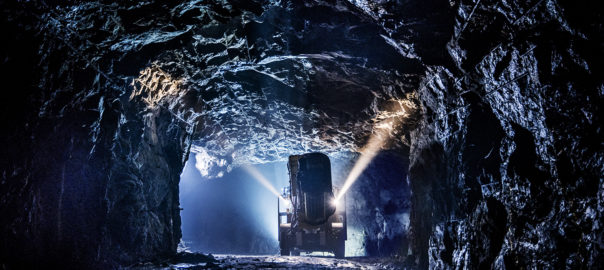Epiroc is to deliver underground loaders, face drill rigs, rock bolting rigs and mine trucks to the Chuquicamata underground mine in northern Chile following an order from Codelco.
The large equipment order, which comes on top of the signing of a large contract for services at Codelco’s Andina mine and a large order for equipment used at its El Teniente mine, also includes several years of technical support and training. The order is valued at more than $20 million and was booked in April 2020.
Codelco, the world’s largest copper producer, opened the Chuquicamata underground mine in 2019 as it looked to transition the world’s largest open-pit mine into a technologically advanced underground operation. The transformation will extend the mine life by 40 years, according to Codelco.
Helena Hedblom, Epiroc’s President and CEO, said the company was proud to be a key partner of Codelco “as it significantly extends the life of the Chuquicamata mine in the most productive, efficient and safe manner possible”.
Juan Mariscal, Sourcing Category Manager at Codelco, says: “Epiroc was chosen because it complied with all the technical, safety and performance requirements that Codelco demanded for the Chuquicamata Underground Mine project, while being the supplier that provided the best economic proposal for all its equipment as a whole.”
The order includes multiple units of the Scooptram ST1030 and ST18 loader, the Boomer S2 face drilling rig, the Boltec M bolting machine, and the Minetruck MT65 (pictured), the highest payload capacity underground truck in the world.
The machines will be equipped with 6th Sense solutions for automation, connectivity and information management, Epiroc says. The solutions include Epiroc’s Rig Control System, RCS, which makes the equipment ready for automation and remote control, and Epiroc’s Certiq system, which allows for intelligent monitoring of machine performance and productivity in real-time.
Delivery of the equipment will take place later this year.









